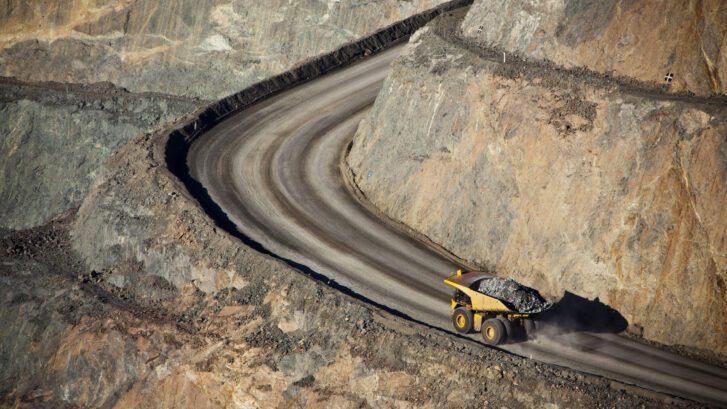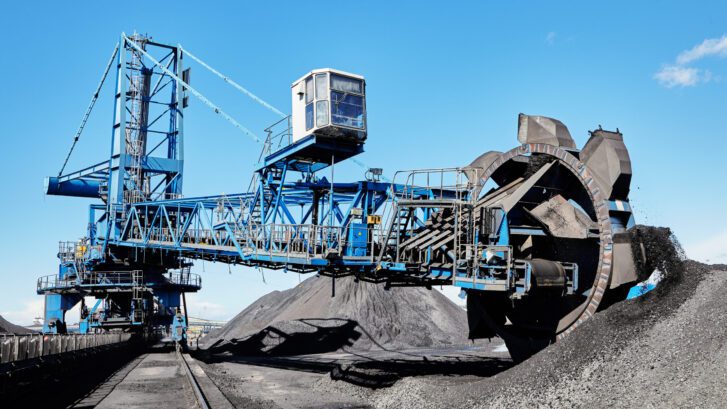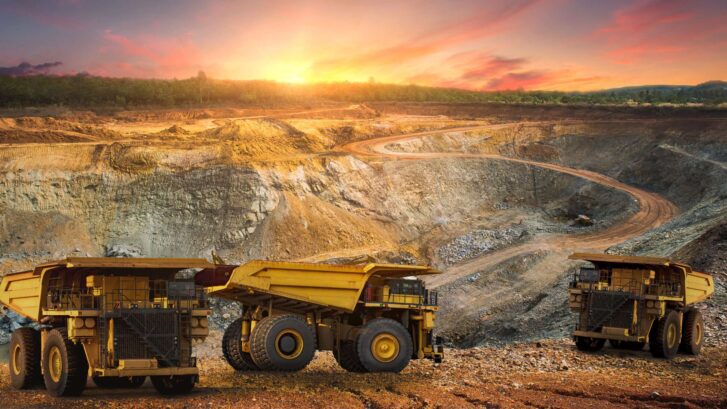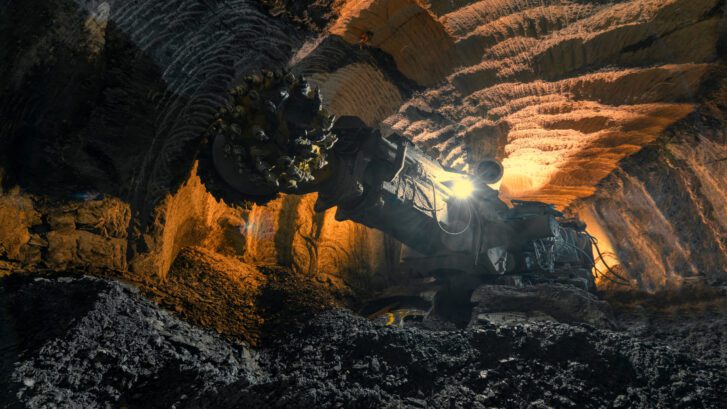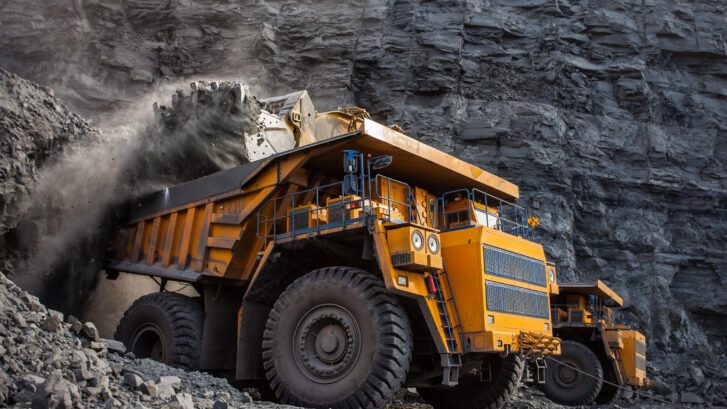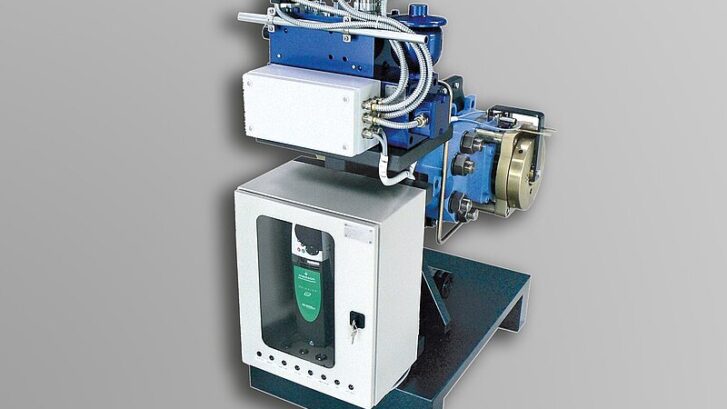Mining Innovation in Australia
Introduction
Australia has long stood as a global leader in mining, thanks to its rich natural resources and advanced industrial capabilities. Yet, as the industry faces challenges ranging from workforce shortages to stricter environmental standards and global supply chain pressures, a new era of innovation is emerging. Across mine sites from the Pilbara to Queensland’s mineral-rich basins, operators are rethinking traditional approaches. They are also implementing cutting-edge technology and redesigning processes to create safer, more adaptive, and efficient operations.
This article explores the strategic innovations reshaping mining in Australia—across automation, data analytics, artificial intelligence, critical minerals processing, and operational safety.
1. The Case for Innovation in Australian Mining
The mining industry has traditionally been viewed as conservative in adopting change. However, economic pressures, environmental responsibilities, and social expectations are reshaping the operational landscape. These shifts demand not only new technologies but also strategic planning to remain competitive.
Key drivers include:
-
The transition to net-zero emissions
-
Increased demand for critical minerals
-
Geopolitical supply chain risks
-
Rising operational costs and labour shortages
-
Indigenous land rights and ESG compliance
Therefore, innovation is no longer optional—it is now integral to survival and long-term success.
2. Automation: Enhancing Operational Efficiency and Reducing Human Risk
Autonomous Vehicles and Equipment
Major players like BHP, Rio Tinto, and Fortescue Metals Group are investing heavily in autonomous haul trucks, drills, and trains. These systems not only reduce reliance on human labour but also significantly cut down on errors and safety incidents.
For instance, Rio Tinto’s AutoHaul™ system—the world’s first fully autonomous heavy-haul rail network—transports iron ore from its Pilbara operations to port terminals over 1,700 kilometres away. Consequently, this improves scheduling efficiency and lowers carbon emissions.
Remote Operations Centres (ROCs)
In addition, ROCs allow centralized control of mine operations, reducing the need for on-site personnel and enabling round-the-clock monitoring. Fortescue’s Integrated Operations Centre in Perth exemplifies this, allowing real-time decision-making and faster responses to equipment failures or safety concerns.
3. Artificial Intelligence and Machine Learning: Smarter Mining Decisions
AI and ML are revolutionizing decision-making in exploration, extraction, and processing. Algorithms can analyze geological data to predict resource deposits more accurately, optimize drilling paths, and enhance blast designs.
Predictive Maintenance
Using real-time sensor data, AI models can anticipate equipment failures before they happen. As a result, operators can schedule repairs, reduce costly downtime, and avoid unplanned outages.
Safety Monitoring
Moreover, AI-powered video analytics systems are being used to monitor worker movements and detect unsafe behavior or hazardous environmental conditions, such as gas leaks or poor visibility.
4. Digital Twins and Simulation Models
Digital twin technology—virtual replicas of physical systems—is transforming how mines are designed and managed. These tools provide real-time simulation of mining assets. Therefore, operators can understand potential stress points, material flow, and maintenance needs more effectively.
Companies like Dassault Systèmes and ABB are enabling mining firms to simulate entire processing plants or conveyor networks. Consequently, this helps streamline operations before a shovel even hits the ground.
5. Smart Wearables and Safety Tech
Improving safety remains a top priority. Advanced wearable tech, such as smart helmets and connected vests, is becoming more common in Australian mines. These devices not only track vital signs but also monitor fatigue, detect exposure to harmful gases, and transmit real-time data to safety officers.
Examples Include:
-
Proximity sensors to prevent collisions with autonomous equipment
-
Smart glasses for AR-enabled maintenance assistance
-
Vibration monitors embedded in gloves to detect overexposure to equipment
Thus, smart wearables provide both a technological and human-centric approach to safety.
6. Critical Minerals and Green Processing Technologies
As global demand for lithium, rare earths, vanadium, and cobalt surges, Australia is positioning itself as a key supplier. Especially as the Western world reduces reliance on Chinese processing.
The Queensland Resources Common User Facility (QRCUF)
Located in Townsville, this state-backed initiative supports emerging critical mineral projects. Its pilot-scale processing plant helps junior miners refine minerals like vanadium and rare earths with eco-friendly hydrometallurgical techniques before scaling up. Hence, it supports both environmental and commercial goals.
Low-Emission Mineral Processing
Traditional ore processing methods, especially smelting, generate high CO₂ emissions. However, innovations in electrified kilns, bioleaching, and hydrogen-based refining are being explored in regions like South Australia to mitigate environmental impact.
7. Modular Mining Systems: Faster Deployment and Flexibility
Modular designs are revolutionizing how mines are built and expanded. Rather than enduring years-long construction timelines, modular processing plants and conveyor systems can be built off-site, transported, and assembled quickly.
This approach not only reduces capital expenditure but also improves ROI timelines. Additionally, it enables mines to scale production based on market demand.
8. Data Integration and IoT in Real-Time Mine Management
The Internet of Things (IoT) is facilitating seamless communication between machines, people, and systems across the mining value chain. IoT-enabled sensors provide granular data on everything from haul truck tire pressure to mill throughput.
Centralized platforms compile this data into dashboards. As a result, engineers can make informed decisions, identify inefficiencies, and benchmark performance across multiple sites.
9. Workforce Adaptation and Upskilling
With automation reducing demand for traditional roles and increasing the need for technical expertise, reskilling has become essential.
Mining companies are therefore partnering with TAFEs and universities to create programs focused on:
-
Robotics and automation
-
Data science and analytics
-
Environmental engineering
-
Digital operations management
These initiatives are particularly vital for sustaining regional workforces in areas where mining is the primary employer.
10. Indigenous Engagement and ESG Strategy
Post-Juukan Gorge, mining companies are now placing far more emphasis on respecting cultural heritage and engaging Indigenous communities. Engineering strategies now integrate heritage impact assessments and community consultation as core components of project planning.
Furthermore, ESG (Environmental, Social, and Governance) metrics are increasingly tied to investment attractiveness and government support. Projects that emphasize sustainability and community benefit are, therefore, more likely to gain traction.
11. Renewable Energy Integration and Off-Grid Power
Australia’s sunny and windy climate is ideal for integrating renewables into mine power systems. Hybrid solutions involving solar PV, wind, and battery storage are replacing diesel in off-grid locations.
Case in point: Gold Fields’ Agnew Gold Mine in Western Australia is powered by one of the largest hybrid renewable systems globally. Consequently, it has reduced emissions by over 40%.
12. Tailings Management and Water Recycling
Tailings dams remain one of the most hazardous aspects of mining. In response, new innovations in dry-stack tailings and filtered tailings are reducing the risk of dam failure and improving water recovery.
Simultaneously, water scarcity is prompting greater recycling initiatives. Reverse osmosis, ultrafiltration, and closed-loop water circuits are being incorporated. As a result, mines are drastically cutting down freshwater usage.
13. Cybersecurity in Mining Technology
With increased digitization comes vulnerability. Cybersecurity is now integral to mining engineering, especially for automated haulage systems, SCADA platforms, and mine dispatch systems.
Mining companies are, therefore, investing in:
-
Intrusion detection systems
-
Secure communication protocols
-
Real-time threat monitoring
-
Staff cybersecurity training
Thus, they are ensuring that innovations remain protected against external threats.
14. Circular Economy and Mine Site Rehabilitation
Forward-thinking operations are implementing circular economy principles—reusing materials, minimizing waste, and planning rehabilitation from the outset.
New technologies help rehabilitate land faster and more effectively by:
-
Using drones for terrain mapping
-
Monitoring vegetation regrowth via satellite imagery
-
Creating biodiversity credits for offset markets
Therefore, the environmental footprint of mining is steadily being reduced through smarter closure planning.
Conclusion
Innovation in Australian mining is not just about keeping pace—it’s about setting the pace. With a strategic mix of technology, sustainable engineering, community engagement, and operational excellence, the sector is redefining its role in a modern, low-emissions economy.
As mines become smarter, safer, and more adaptable, the companies embracing this future-first mindset will emerge as the leaders of tomorrow’s resource economy.


